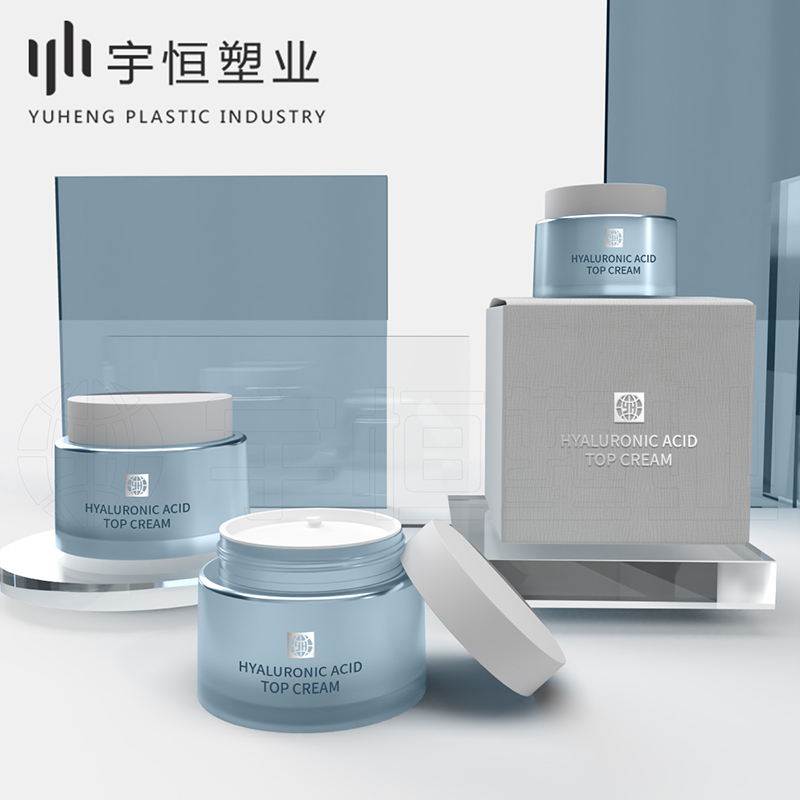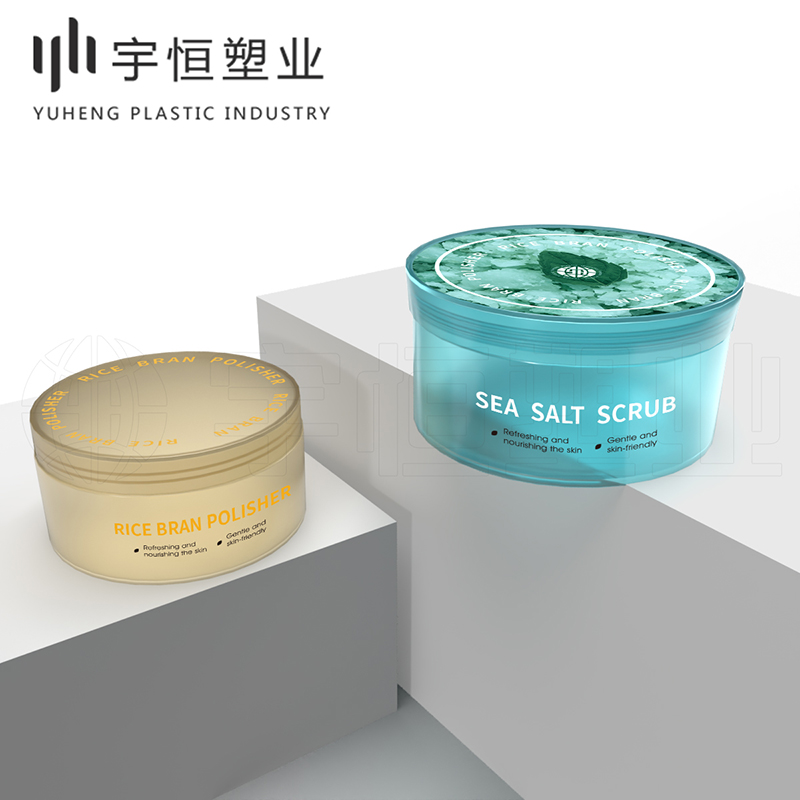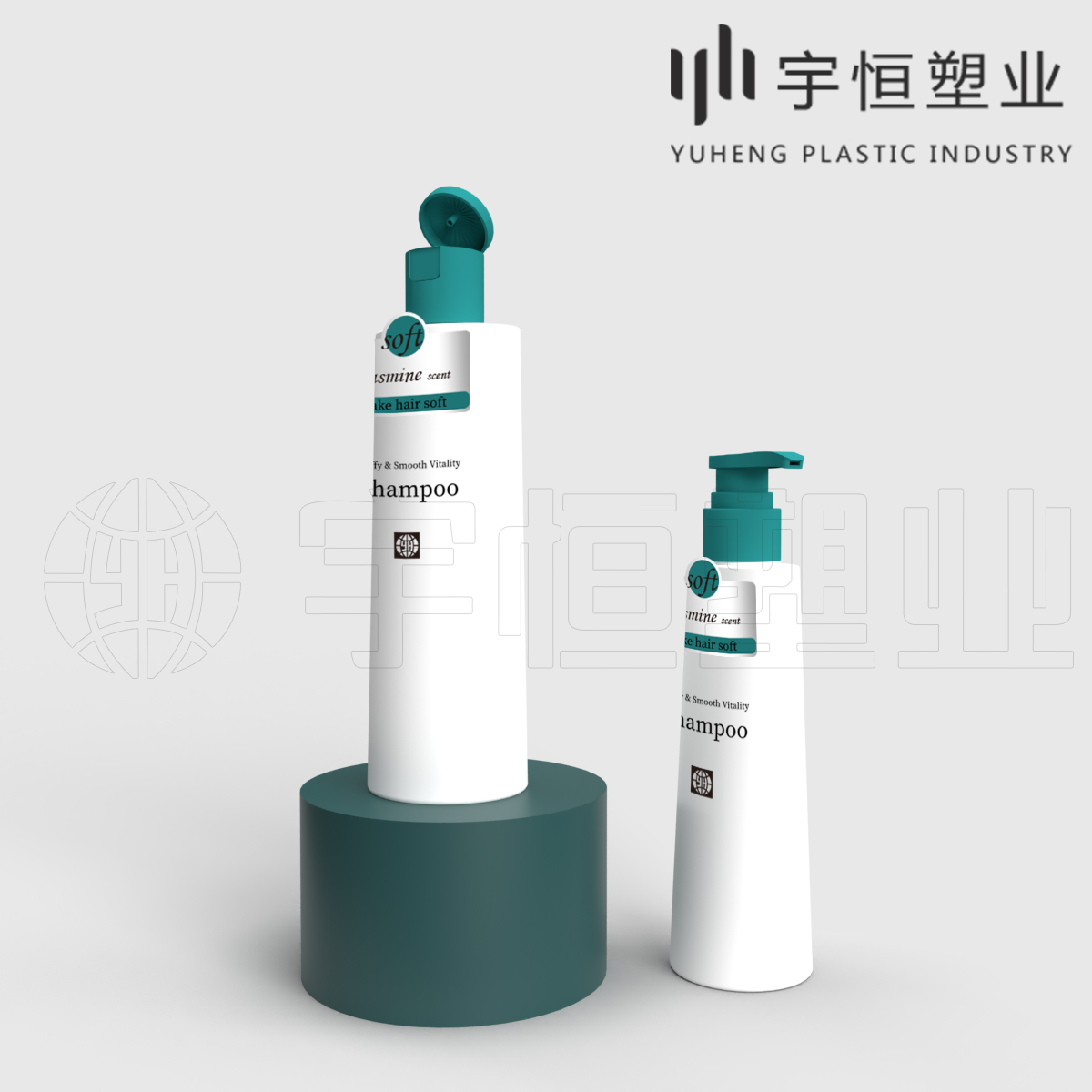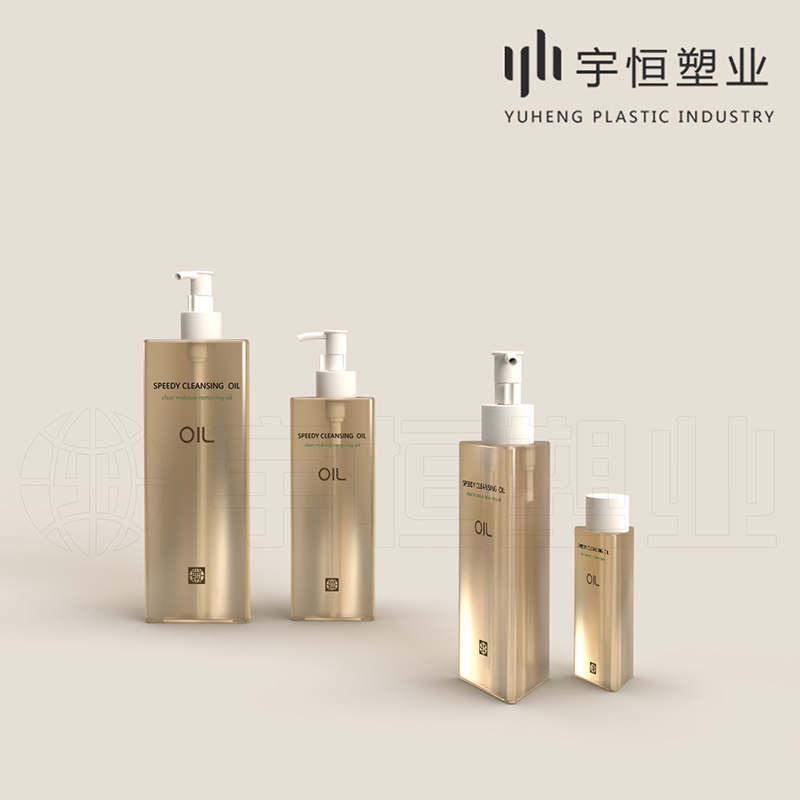In the cosmetics industry, product packaging serves not only as a container to protect the contents and ensure safe transportation but also as a direct manifestation of brand image, an essential medium to attract consumers' attention and convey brand value. For manufacturers of cosmetic plastic bottles, accurately positioning the packaging strategy is crucial. Below are five key principles for positioning cosmetic plastic bottle packaging, aimed at helping brands create unique charm and enhance market competitiveness.

1. Brand Consistency Principle
Firstly, the design of cosmetic plastic bottles must align with the overall brand image. This encompasses color selection, pattern style, material texture, and more. By employing a unified visual language, brand recognition is strengthened, enabling consumers to identify your brand instantly among numerous products. For instance, high-end brands may favor minimalist yet elegant designs paired with premium-feeling materials, while young and trendy brands might opt for vibrant colors and creative patterns to captivate younger consumers.

2. Functionality Priority Principle
The design of cosmetic plastic bottles must give utmost consideration to practicality. This encompasses the comfort of holding the bottle, the ease of use of the opening design, sealing performance, and leak-proof design. Excellent functionality not only enhances user experience but also ensures product safety and effectiveness. For example, leak-proof caps effectively prevent product leakage during transportation, thereby improving consumer satisfaction.

3. Eco-friendly and Sustainable Principle
With growing environmental awareness, consumers' demand for eco-friendly packaging is on the rise. Cosmetic plastic bottle manufacturers should actively respond to this trend by adopting recyclable, biodegradable, or bio-based materials to reduce environmental impact. Additionally, optimizing packaging design to minimize material waste and achieve lightweighting is essential. Eco-friendly packaging not only garners consumer favor but also helps establish a responsible brand image.

4. Differentiated Innovation Principle
In the fiercely competitive cosmetics market, differentiation is key to standing out. Cosmetic plastic bottle design should embrace innovation, drawing consumers' attention through unique shapes, materials, structures, or interactive elements. For instance, transparent or translucent materials allow consumers to see the product's texture and color directly, while smart sensor-equipped caps add a technological and entertaining touch. Differentiated design not only enhances product appeal but also deepens brand recall among consumers.

5. Target Market Matching Principle
Lastly, the packaging positioning of cosmetic plastic bottles must closely align with the target market. Consumers of different age groups, genders, and spending levels have varying packaging needs and preferences. Therefore, when designing packaging, it's crucial to deeply understand the characteristics and needs of the target market to ensure that packaging style, language, and messaging are highly relevant. For example, products targeting young female consumers might emphasize fashion and individuality, while those for the high-end market might focus more on quality and luxury.

In conclusion, the packaging positioning of cosmetic plastic bottles should adhere to the five principles of brand consistency, functionality priority, eco-friendliness and sustainability, differentiated innovation, and target market matching. By precisely positioning the packaging strategy, manufacturers can effectively enhance their products' market competitiveness and further consolidate and expand their brand's market share.




